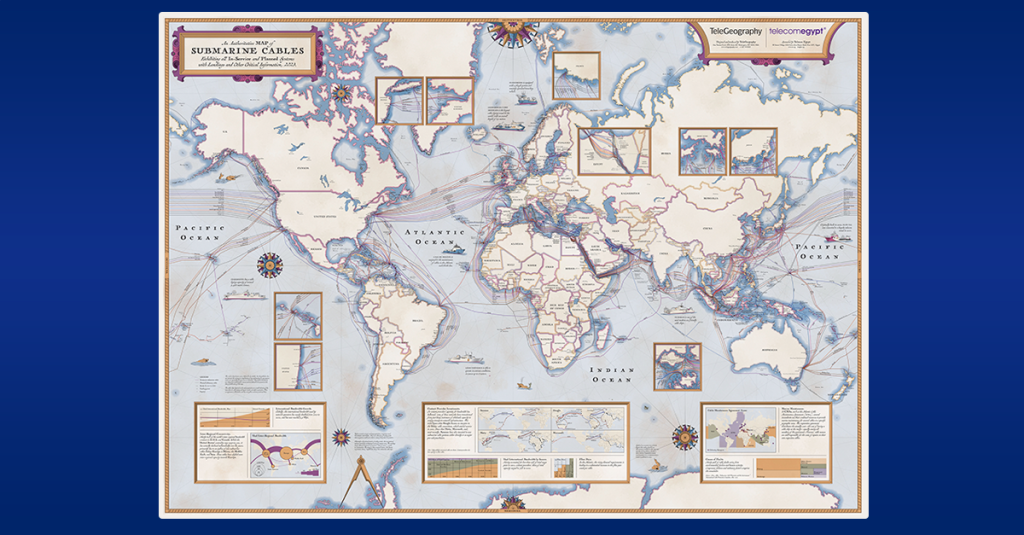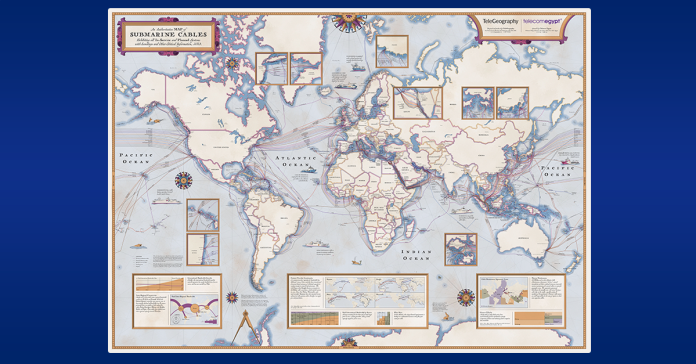
From Fiber Optics to Ocean Depths: A Deep Dive into Submarine Cables
In today’s digital age, the internet connects us to the world in a matter of seconds. But have you ever stopped to think about the intricate network of cables that make this global connectivity possible? One crucial component of this network is submarine cables, which play a vital role in carrying vast amounts of data across continents and oceans.
Submarine cables are essentially fiber optic cables that are laid on the seabed to transmit telecommunication signals between countries. These cables are usually made up of several layers, including a protective outer sheath, a layer of steel wires for strength, insulation, and finally the optical fibers that carry the data. These cables are typically buried under the seabed or sometimes laid on the ocean floor, depending on the depth of the water.
The history of submarine cables dates back to the mid-19th century when the first transatlantic telegraph cable was laid between North America and Europe. Since then, advances in technology have led to the development of more sophisticated and resilient cables that can carry much more data at faster speeds. Today, submarine cables play a crucial role in connecting continents and enabling the global economy to function smoothly.
One of the most fascinating aspects of submarine cables is the incredible engineering feat required to install them. Installing a submarine cable involves a complex operation that usually involves specialized ships, known as cable ships. These ships are equipped with tools and machinery to lay the cable on the seabed, which can be thousands of meters deep in some cases. The process requires precision and expertise to ensure that the cable is laid correctly and securely.
Another interesting aspect of submarine cables is their resilience and durability. Despite being exposed to the harsh conditions of the ocean floor, these cables are designed to withstand extreme temperatures, pressure, and even potential damage from sea creatures. In fact, the majority of submarine cables are designed to last for decades, providing reliable connectivity for years to come.
Submarine cables are also essential for ensuring the security and stability of the internet. While satellite communication offers an alternative means of transmitting data, submarine cables are much faster, more reliable, and cost-effective. They play a crucial role in supporting the vast amounts of data traffic that is generated daily, making them indispensable for the modern digital economy.
In conclusion, submarine cables are an essential component of the global communications infrastructure. From the depths of the ocean floor to the far reaches of the world, these cables enable the seamless transmission of data, connecting people and businesses across continents. As technology continues to evolve, submarine cables will remain a critical enabler of our interconnected world.








